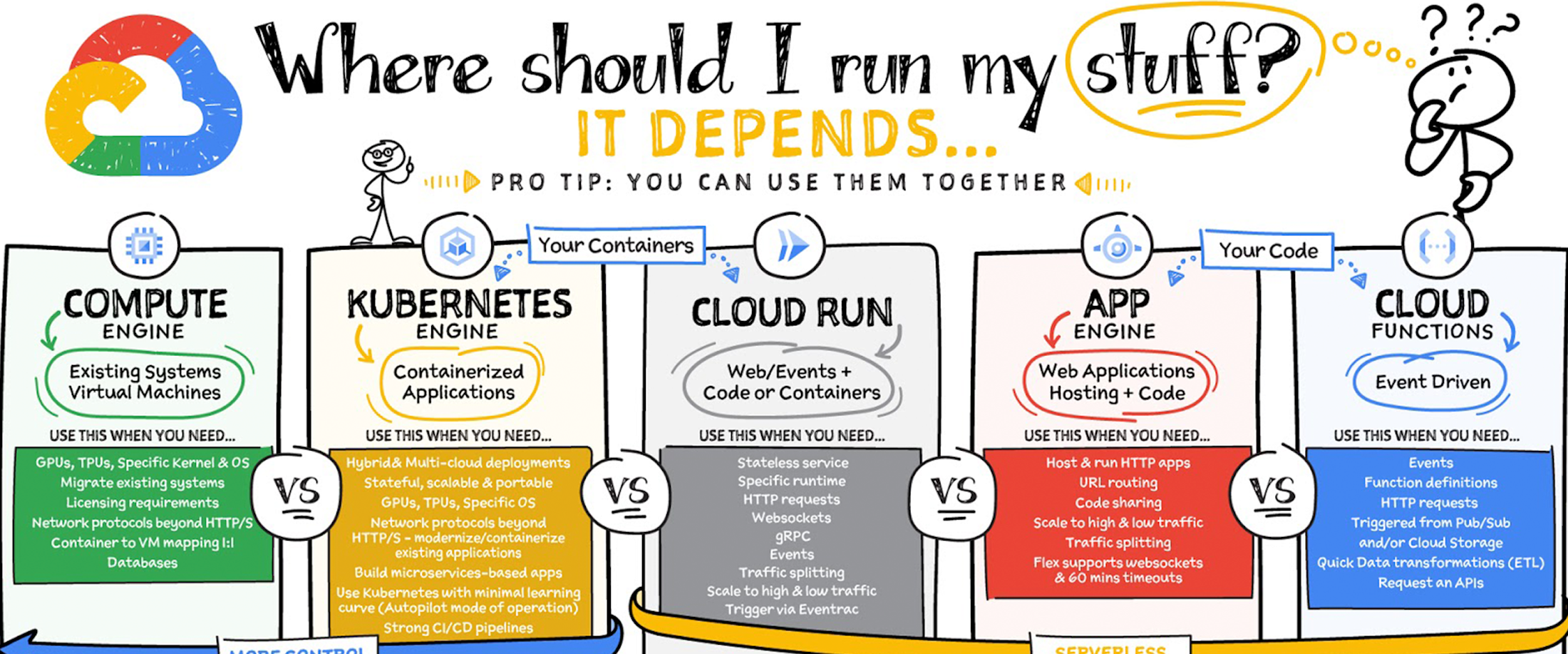
Sandboxing and Workload Isolation
Workload isolation makes it harder for a vulnerability in one service to compromise every other part of the platform. It has a long history going back to 1990s qmail, and we generally agree that it’s a good, useful thing.
Despite a plethora of isolation options, in the time I spent consulting for technology companies I learned that the most common isolation mechanism is “nothing”. And that makes some sense! Most services are the single tenant of their deployment environment, or at least so central to the logical architecture that there’s nothing to meaningfully isolate them from. Since isolation can be expensive, and security is under-resourced generally, elaborate containment schemes are often not high up on the list of priorities.
That logic goes out the window when you’re hosting other people’s stuff. Fly.io is a content delivery network for Docker containers. We make applications fast by parking them close to their users; we do that by running bare metal servers in a bunch of data centers around the world, and knitting them together with a global WireGuard mesh. Fly.io is extremely easy to play with — single-digit minutes to get your head around, and rather than talk about it, I’ll just suggest you grab a free account and try it.
Meanwhile, I’m going to rattle off a bunch of different isolation techniques. I’ll spoil the list for you now: we use Firecracker, the virtualization engine behind Amazon’s Lambda and Fargate services. But the solution space we chose Firecracker from is interesting, and so you’re going to hear about it.

















